Contents
- The aim and the essence of the project.
- Components and assembly.
- A little bit of physics.
- The "soul" of the device, writing the code.
- Launch.
The aim and the essence of the project
The magnetic field cannot be seen and felt, but all of us know what the picture created by a magnet and iron sawdust looks like.
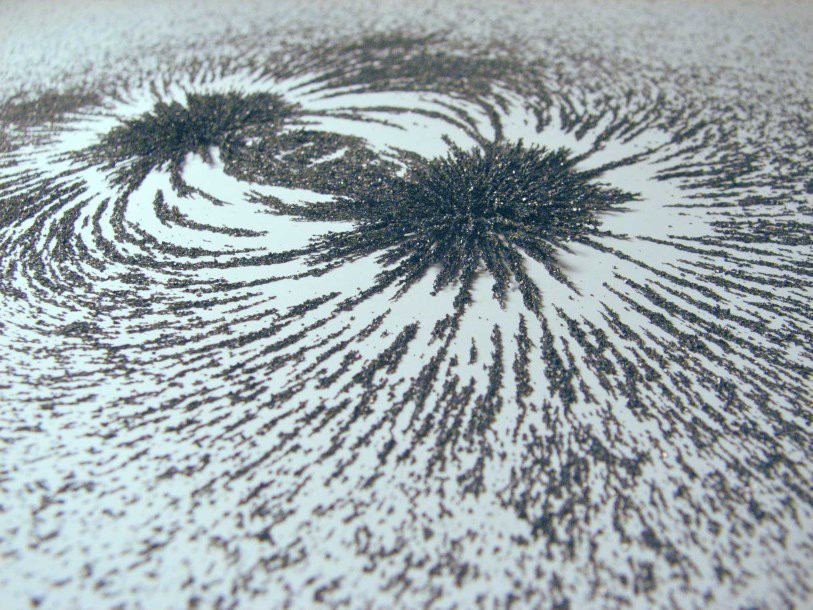
If you make very small sawdust and mix it with a viscous base, you can get a three-dimensional picture of the magnetic field.

The solution is called "ferromagnetic liquid" and it is freely sold in special stores. With it, you can create not only a tutorial, but also a fun toy, if you pour a little into a transparent vessel with a transparent liquid in which it can swim freely. If you bring a magnet to a vessel, move it along the walls, you can observe a rather interesting effect of a “living blot”, the ferromagnetic fluid moves behind the magnet, changing shape and size, like a jellyfish. It looks amazing and unusual.

We decided to replace the usual permanent magnet with an electric magnet, which will be controlled by a microcontroller. We connect the magnet power pulses with musical rhythms and get a “dancing blot”. Let's try!
Components and assembly
Let's find the liquid first. You can find and order it in special stores. There are variants based on kerosene and silicone. The second option is more expensive, but both options are normal. Take a 30 ml bottle, that's enough.
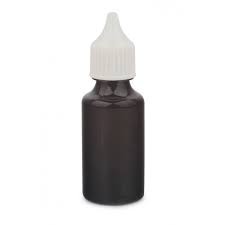
Prepare a container for a future dancing blot. You need to find a flat transparent bottle, the volume of which is 10 times larger than the ferromagnetic liquid. There shouldn't be too much space, but enough. We recommend using a 250 ml bottle (by Vodka), but you can use a similar container, for example, a large perfume bottle or an aquarium for small fish.

Fill the bottle strictly in this order:
- Pour clean water (preferably distilled) about halfway or a little more.
- Shake well to thoroughly wet all sides of the vessel, including the neck. It is very important!
- Being careful, open a bottle with ferromagnetic liquid and slowly, but confidently pour it into a bottle.
- Bring the water to the edges, tightly twist the cover.
What for? Kerosene-based liquid adheres strongly to any surface, including glass. If you first pour the blot into the bottle, then black spots will remain on the walls. Also, try not to get liquid on your hands, clothes or furniture. It's very hard to wash off.
Now there are two immiscible liquids in the bottle - ferromagnetic and ordinary water. Transparent and black. Black is denser, and therefore lies at the bottom of the container.

Now we need an electromagnet. There are many types of them. You need to choose the right size. Take the magnet a little less than the width of the bottle - about 70 mm.

Experiments have proven that one magnet is not enough. You need to add two more small magnets from below. Now they can work independently of each other and create different combinations of the magnetic field. The dance of the blot will become more varied and spectacular.
Print the case on a 3D printer. First, you should draw the model in the editor program.


The lower part of the body holds the bottle, the upper one closes the neck. The space for the three magnets is behind. There is a space for LED tape on the side.
Printing.
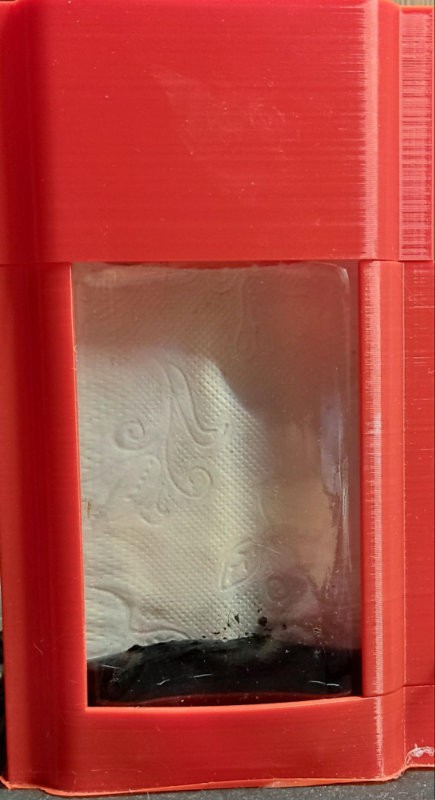

The main part of the device is assembled and tested.
Music time! To do this, we will need two speakers and a bluetooth sound card. Both are sold in a wide range. For convenience, you need to assemble everything on one plate, which is also printed on a 3D printer.
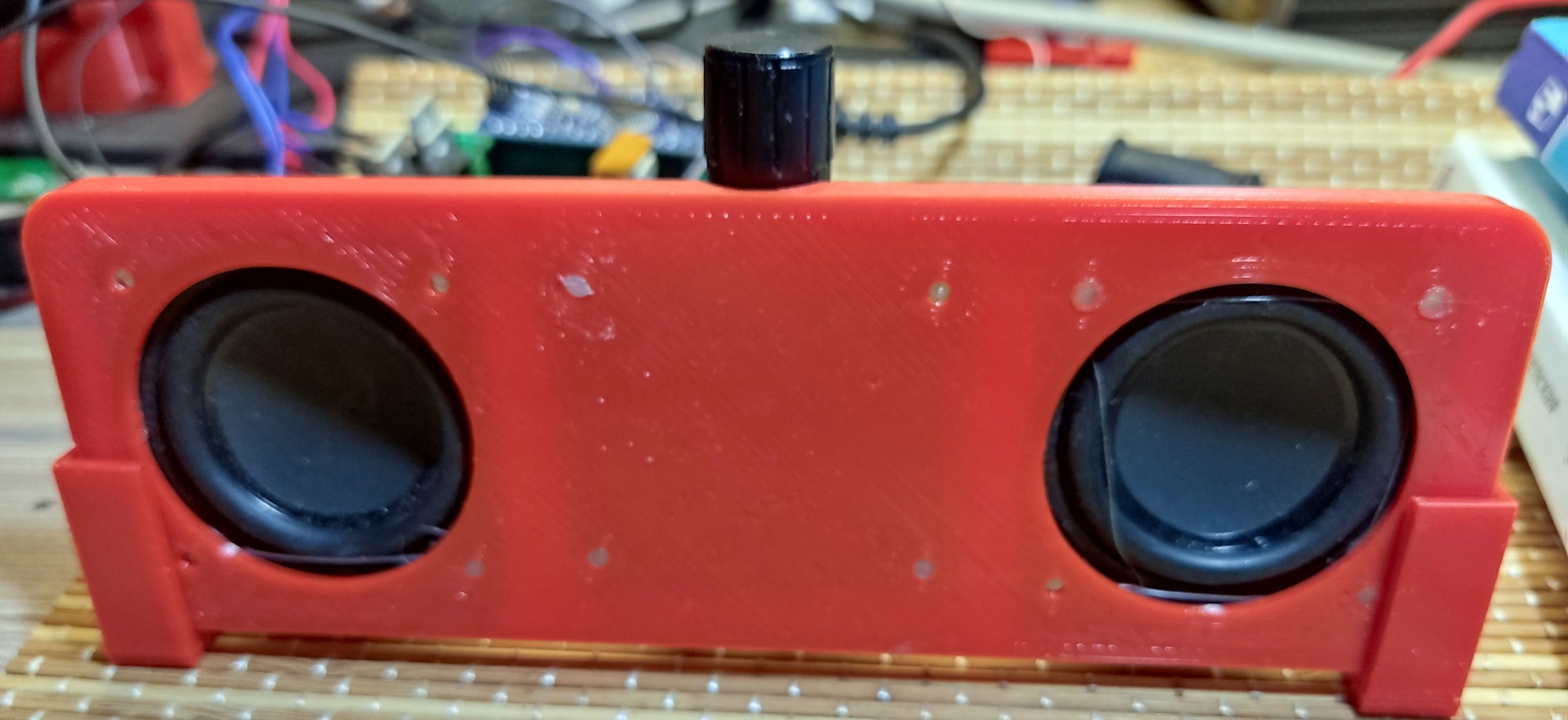
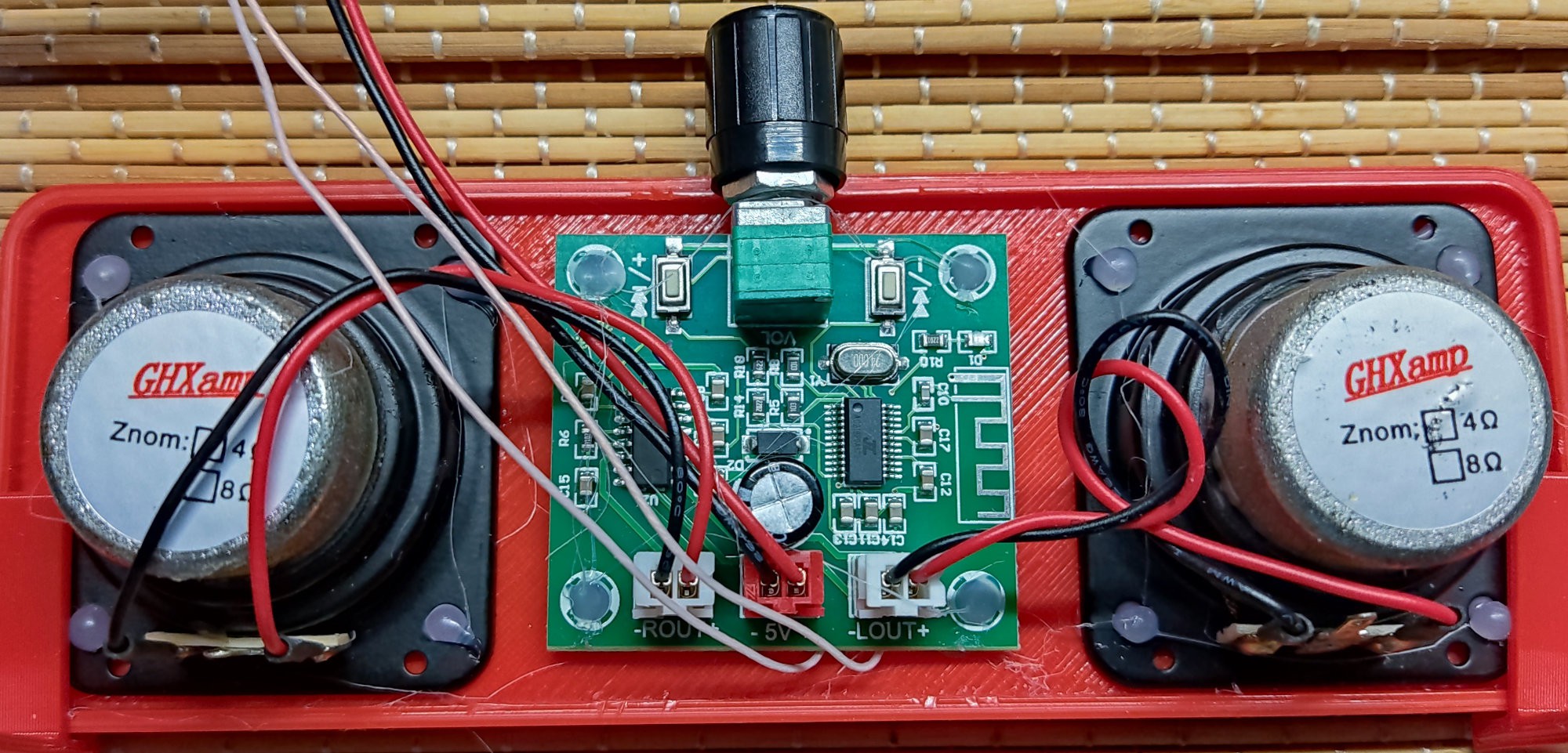
Assembly. Magnets are connected to 12 V power supply, 3A, through MOSFETs. The audio signal is applied to the analog input of the controller. The pins are connected as follows:
Pin | to connect |
2 | small magnet 1 MOSFET |
3 | small magnet 2 MOSFET |
4 | large magnet MOSFET |
A0 | audio output |
A little bit of physics
The characteristics of the transparent...
Read more » progural
progural
 Daniel Roseman
Daniel Roseman
 Max-Felix Müller
Max-Felix Müller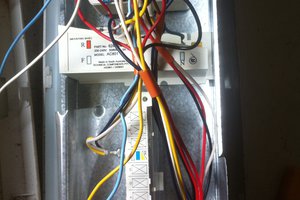
 Boris van Galvin
Boris van Galvin
 Charles Dean Modrich
Charles Dean Modrich